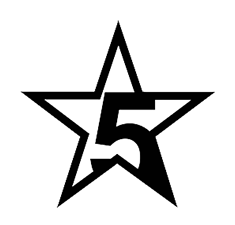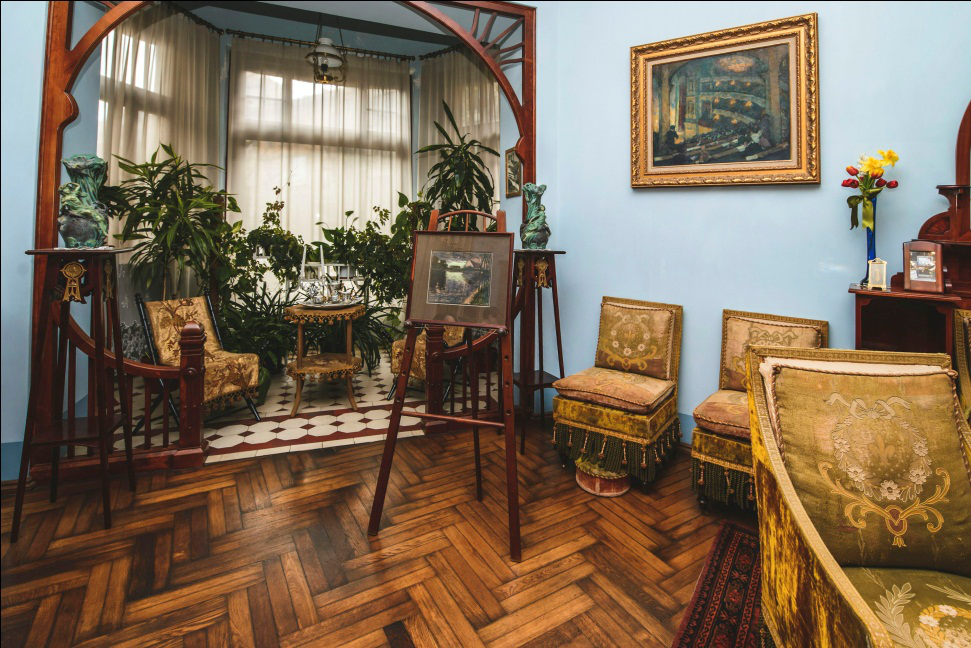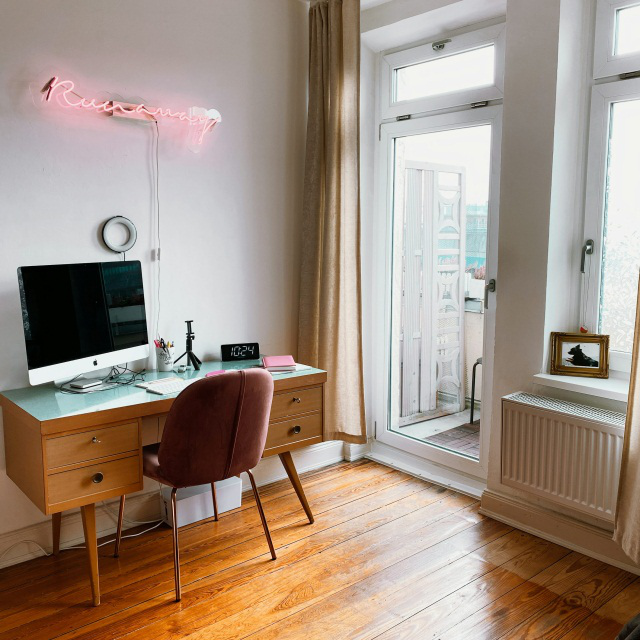
Hardwood floors are a timeless classic, adding sophistication and warmth to any home. But beneath that gleaming surface lies a complex structure, each layer playing a crucial role in improving the overall performance and enhancing the longevity of your floor.
Understanding the different layers of your hardwood floor empowers you to make informed decisions about installation and maintenance. This guide will discuss the anatomy of a hardwood floor, explaining the purpose and composition of each layer.
1. The Foundation: The Unsung Hero – The Subfloor
The subfloor is the hidden hero of your hardwood floor system. It provides a stable, level platform for the installation of the upper layers. Here’s what you need to know:
Material Matters: Subfloors come from various materials, including plywood, oriented strand board (OSB), or concrete. Plywood is a popular choice due to its strength, stability, and moisture resistance.
Subfloor Thickness: The thickness of the subfloor is crucial for supporting the weight of the hardwood flooring and furniture placed on top. Typical subfloor thicknesses range from ¾ inch to 1 ¼ inch.
The level is Key: A level subfloor is essential for a smooth and even installation of hardwood floors. Unevenness can lead to squeaks, creaks, and gapping between planks over time.
2. Moisture Barrier: Protecting the Core – The Underlayment
The underlayment lies directly on top of the subfloor and acts as a moisture barrier, protecting the wood flooring from moisture transmission from below. Here are some key points about underlayment:
Material Options: Underlayment can be made from various materials such as cork, felt, polyethylene foam, or a combination thereof. Each material offers varying degrees of moisture protection, sound dampening, and walking comfort.
Matching Underlayment to Needs: The type of underlayment chosen depends on the specific needs of your project. For example, basements or areas prone to moisture might require a thicker, more robust moisture barrier.
Installation Considerations: Underlayment typically comes in rolls or sheets and needs to be carefully installed according to the manufacturer’s instructions. Overlapping seams and ensuring proper adhesion to the subfloor are crucial for optimal performance.
3. The Star of the Show: The Hardwood Flooring
The hardwood flooring is the layer you see and appreciate every day. It defines the aesthetic of your space and comes in various species, finishes, and thicknesses. Here’s a breakdown:
Wood Species: Popular hardwood choices include oak, maple, cherry, walnut, hickory, and others. Each species boasts unique characteristics and price points. Oak is known for its durability, maple offers a lighter aesthetic, and cherry and walnut provide rich color tones.
Flooring Thickness: The thickness of the hardwood planks impacts durability and refinishing potential. Solid hardwood planks typically range from ¾ inch to ¾/4 inch thick. Thicker planks offer more resilience, and you can refinish them multiple times.
Solid vs. Engineered Hardwood: Solid hardwood is a single piece of solid wood, offering timeless beauty and lasting durability. Engineered hardwood features a top layer of real wood bonded to a plywood core. It’s more resistant to moisture fluctuations, and you can install them in areas with higher humidity levels.
4. Adding the Finishing Touch: The Wear Layer and Finish
The wear layer and finish work together to protect the wood surface from everyday wear and tear, spills, and scratches. Here’s what you need to know:
The Wear Layer: Solid hardwood planks have a natural wear layer – the entire thickness of the plank. Engineered hardwood features a thin top layer of real wood, often referred to as the wear layer. The thickness of this layer determines how many times the floor can be sanded and refinished.
Finish Options: The finish acts as a protective barrier on the surface of the hardwood floor. Popular finishes include polyurethane, varnish, and penetrating oil. Each offers varying levels of shine, durability, and maintenance requirements.
Matching Finish to Needs: High-traffic areas might benefit from a more durable, high-gloss finish. Lower traffic areas can opt for a more natural-looking oil finish that may require more frequent maintenance.
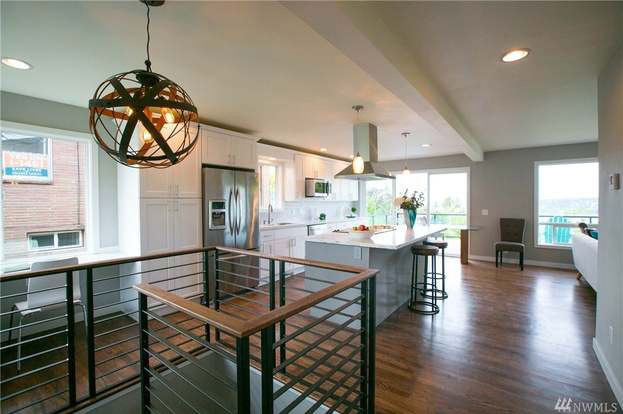
5. Bonus Layer: Transitions and Molding
Transitions and molding are not technically part of the floor structure but play a significant role in aesthetics and functionality. Here’s a quick introduction:
Transitions: Transition strips can help connect different types of flooring materials, such as transitioning from hardwood to carpet or tile. They provide a smooth and finished look while also protecting the edges of the hardwood flooring.
Molding: Molding, such as shoe molding and quarter round, is installed along the base of walls where they meet the floor. It adds a finished look to the room and can also help cover any minor gaps between the wall and the flooring.
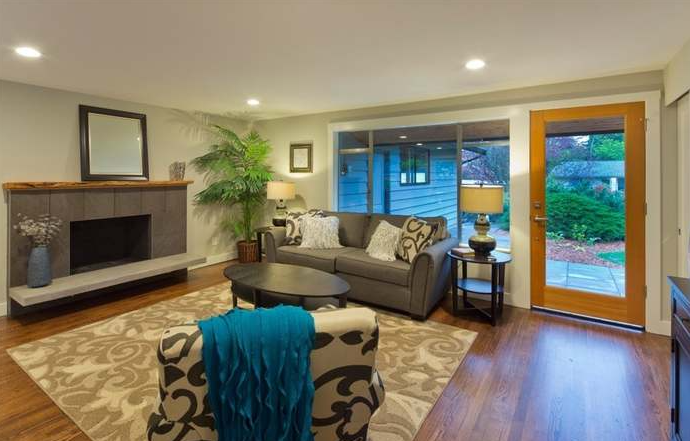
6. Understanding the Layers: Why Does it Matter?
Knowing the different layers of your hardwood floor provides several benefits:
Informed Decisions: When choosing a new hardwood floor, understanding the layers helps you select the right materials for your needs and budget. For example, if you have a basement prone to moisture, you might opt for a thicker moisture barrier underlayment.
Proper Maintenance: Knowledge of the wear layer and finish type helps you choose the appropriate cleaning products and maintenance techniques. Different finishes require different levels of care and cleaning solutions.
Professional Communication: When dealing with professional flooring contractors, understanding the layers allows you to ask informed questions about installation wor refinishing processes.
Reliable Hardwood Flooring Services in Bellevue
Transform your space with the enduring elegance of wood floors. Learn about their layers and make informed choices for your home. Contact Five Star Hardwood Floor today to bring timeless beauty and durability to your floors.
Elevate your space with our hardwood floor installation and basement waterproofing in Seattle. Get in touch to get started.


